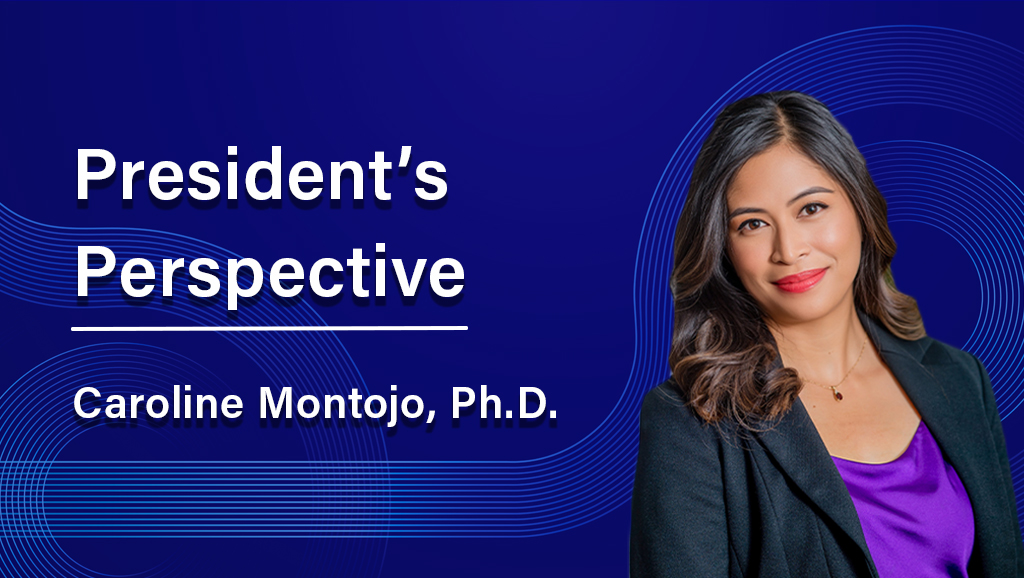Impact Story
A Community-Based Approach to Science Outreach
Inside a Chicago Collaboration that Centers Community Voices for More Inclusive Science Engagement
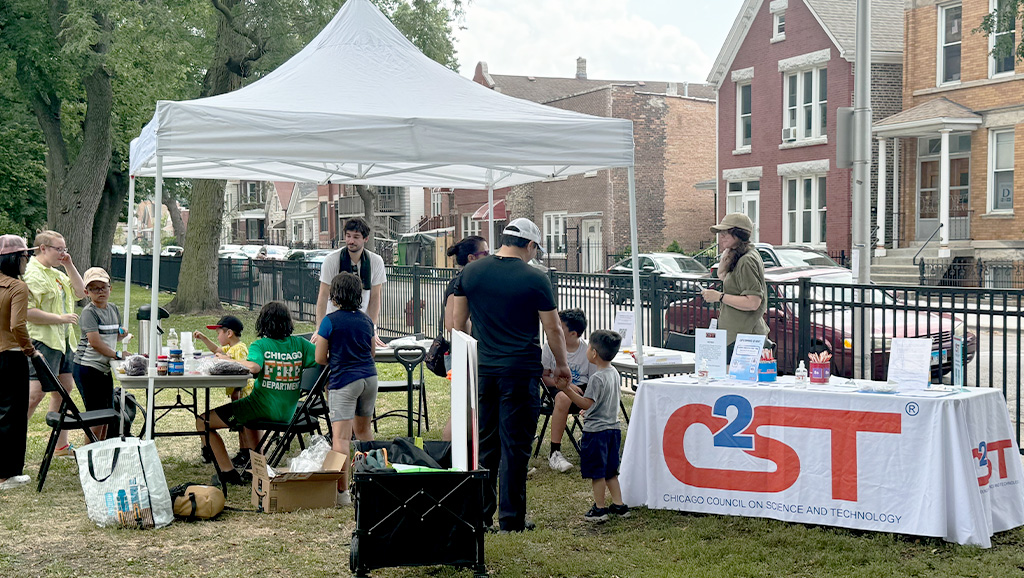
Insights about brain health from scientific research can empower individuals and communities to grow, heal, and enhance their quality of life. In recent years, mental health awareness has increased significantly, and Americans are now more open to engaging in conversations about emotional well-being. Yet for many people navigating the current mental health crisis in America, the wonder and utility of science in everyday life—and well-being—is inaccessible.
Public engagement helps connect general audiences to scientific research and insights that can support and improve mental and physical well-being. It’s especially important in communities that have historically been excluded from scientific systems and groups, leaving outreach experts with the challenge of creating trust-based connections that bridge the widening gap between people’s everyday lives and their perceptions about science.
To help address this science and society disconnect, two organizations partnered to develop public science engagement strategies that embrace a deeper understanding of community values, needs, and curiosities. The Chicago Council on Science and Technology (C2ST), a science outreach organization rooted in Chicago, and Worldview Studio (WVS), a California-based collective of brain and behavioral scientists, human-centered designers, and multimedia producers, are piloting event-based models to learn more about what brain health means to these populations, and how science can empower them to take care of themselves and their communities.
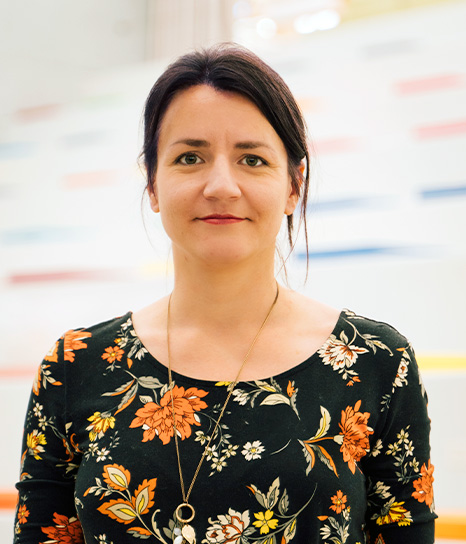

Sasha Prokuda
The collaboration formed in April 2023, when Sasha Prokuda, executive director of C2ST, met Guillaume Riesen of WVS at a science communication conference in Rotterdam. “We hit it off, and I could tell that we had really similar values in our organizations and the kind of work that we were doing,” Reisen recalled. “And we were just like, ‘We should find something to do together.’”
Worldview Studio, founded in 2018, develops science communication strategies, educational media, and engagement experiences, often working in partnership with other foundations, universities, and companies. “We’ve really wanted to start with the audiences we’re trying to reach,” says Brie Linkenhoker, founder of WVS. “What do they know? What are they curious about? How do they want to use science in their lives?”
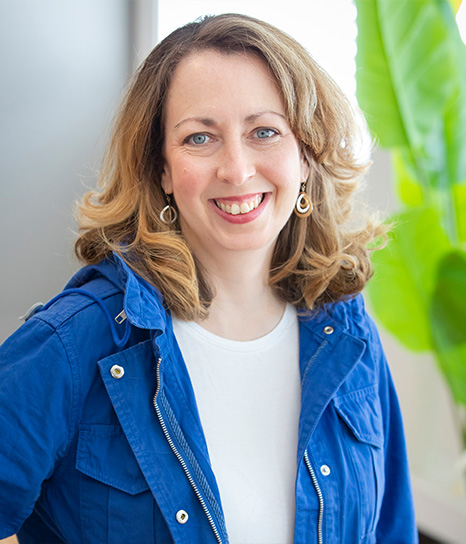

Brie Linkenhoker
Bringing people together as a community and valuing their contributions to designing these events can create lasting benefits. “The research shows that having community and feeling like a part of something is good for your brain health,” said Prokuda.
For nearly two decades, C2ST has partnered with community leaders and organizations across Chicagoland to co-design bespoke programming for each neighborhood. As their efforts expand, they remain mindful of the distinct needs, interests, and resources of each community. “Instead of having one model of science communication, now we have fifty,” Prokuda said.
Outreach Begins with Audience
Last year, C2ST and WVS designed a multidirectional engagement project on brain health, capitalizing on findings from a survey that reported Americans as both curious and optimistic about brain health research. Their approach, using principles of human-centered design, includes Chicago community members in the process of designing science outreach programs in an effort to build trust with diverse audiences and create buy-in early on.
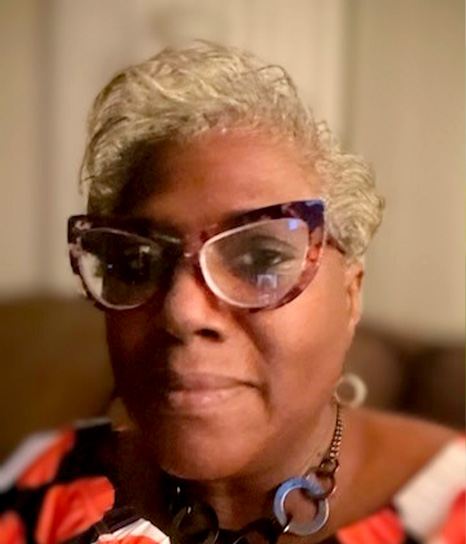

Star Braddock
“It’s the specificity of the community that we’re really trying to understand here,” says Juli Sherry, director of design operations at WVS. “We have a group of community leaders we’re working with, who we were developing relationships with along the way in the process of doing co-design.”
The C2ST and WVS teams worked with several community partners, including the Bethyl New Life nonprofit community development corporation and The Encompassing Center, a mental health clinic serving North Lawndale, East and West Garfield Park, and Near West Side.
Star Braddock, a community outreach associate at The Encompassing Center, shared valuable insights on the needs of her West Side community, especially after the relocation of a well-known behavioral health center created a major barrier for people seeking mental health services. “They didn’t go anywhere else,” Braddock said. “People just sat outside of the closed facility.”
Further, stigma surrounding mental health often creates barriers to resources and information about self-care. The Encompassing Center works to overcome these obstacles and provide accessible care. “People of color have always kept things inside their homes, inside their hearts, and they suffer in silence,” said Braddock. “We share our passion about mental health and tear down barriers and stigmas.”
Engaging Chicago Communities on Brain Health
Leveraging these types of insights from community leaders, C2ST and WVS designed three in-person events about brain health to benefit Chicago residents. They approached each event as an iterative process and were in constant dialogue with community leaders and event participants to inform future planning.
The first event, “Brain Garden,” was held at a local park last August and invited participants to engage in food experiments and mindful art creation. The team noticed that children were eager to extract dye from fruits and vegetables to create paintings, but the adults tended to hang back. “We needed to provide the parents some sort of experience that they felt they should be a part of, too,” said Sherry.
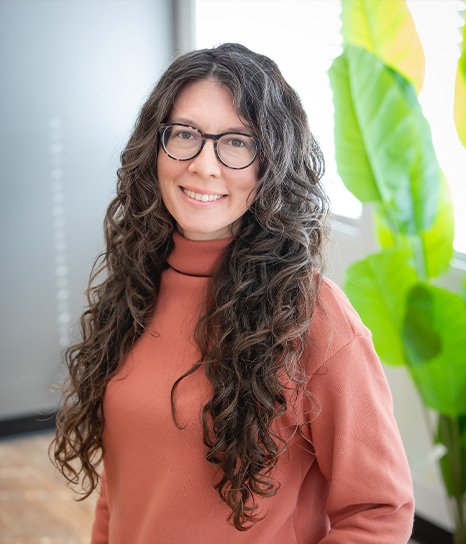

Juli Sherry
Incorporating these findings and community feedback into their second event, “Mind Matters,” the team designed programming for children, adults, and older individuals at a local community center in February. In collaboration with local organizations, they hosted programs to help participants discover and practice activities for maintaining a healthy brain, such as yoga, mindful breathwork, and healthy eating.
Food and nutrition were a big focus of the second event. The 35 attendees enjoyed local catering, learned about the neurological benefits of certain foods, and went home with resources to access brain-healthy ingredients and recipes.
“The people running the event were really engaging and kind,” said one participant. “Me and my child appreciate the wonderful experience we had with them.”
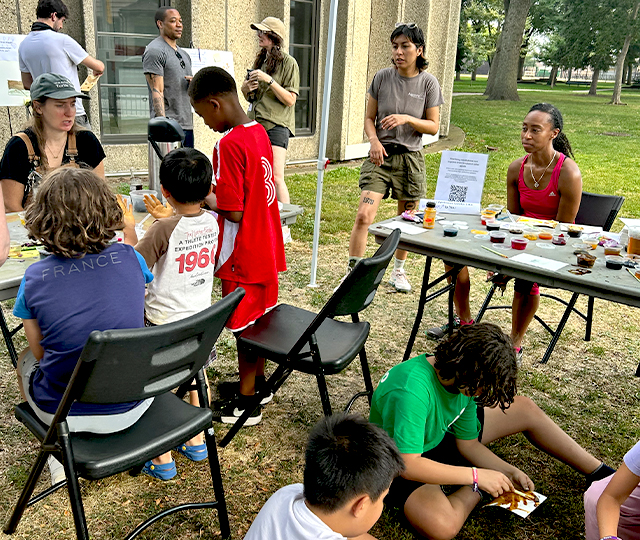

Participants at the “Brain Garden” event using natural dyes from fruits and vegetables create paintings. Photo courtesy of C2ST.
At “Mind Matters,” the teams gathered insights through feedback forms and an interactive posterboard station, where attendees reported gaining new strategies and knowledge to support their brain health, and reflected on statements like, “I feel that my knowledge and experience about brain health was valued.” Additionally, participants expressed pride in having attended the event—a meaningful indicator of personal engagement and impact.
Braddock says that these activities were conducive to the growth and healing she strives to nurture in her community. “It’s always a joy to be able to go to different entities that have the same passion that I do,” she said, “to make sure the community is healthy and that they have the resources that they need.
The capstone event of the series will take place at the DuSable Black History Museum and Education Center during their annual Juneteenth Festival, where C2ST and WVS will install a mental health gallery space for people to engage with. Tapping into the existing network of the DuSable’s Juneteenth Festival and building on their findings from the first two events, the team anticipates this may be the most successful event of the series.
A Template for Inclusive Science Engagement
Prokuda wants these events to inspire participants to learn more about what brain health means to them and understand how science can be an empowering aid in taking care of themselves and their communities.
This community-driven approach to science outreach has revealed deeper insights and relationships that weren’t possible before. For example, while a traditional science outreach approach might measure success by the number of attendees and time spent at each event, C2ST and WVS prioritized accessibility, safety, and ensuring participants felt valued and respected at their events. Re-centering data collection on metrics that the community values is more likely to ensure lasting impacts and positive change. “We’re doing this as a model that we hope will broaden the way we think of science engagement and increase the impact of science engagement wherever and however we do it,” Linkenhoker said.
C2ST and WVS have a larger vision for this project: to provide a template for co-designed community science engagement that can be used by other organizations and communities moving forward. “That, to me, is the real beauty of letting your audience lead,” Linkenhoker said. “If you meet them where they are, then that opens the doors to all kinds of things.”
Recommended Reading
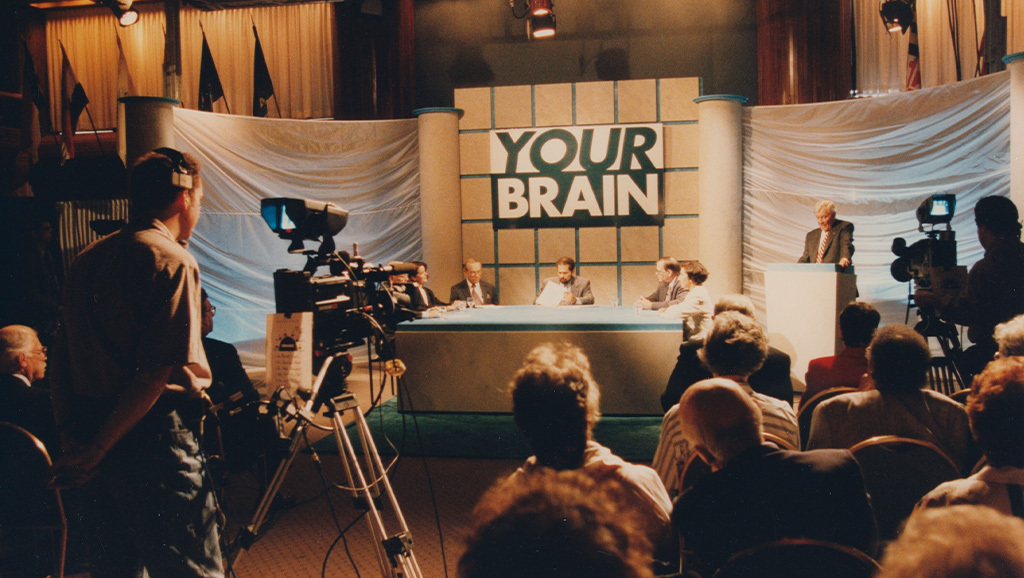
From Broadcast to Belonging: Dana's Public Engagement Evolution
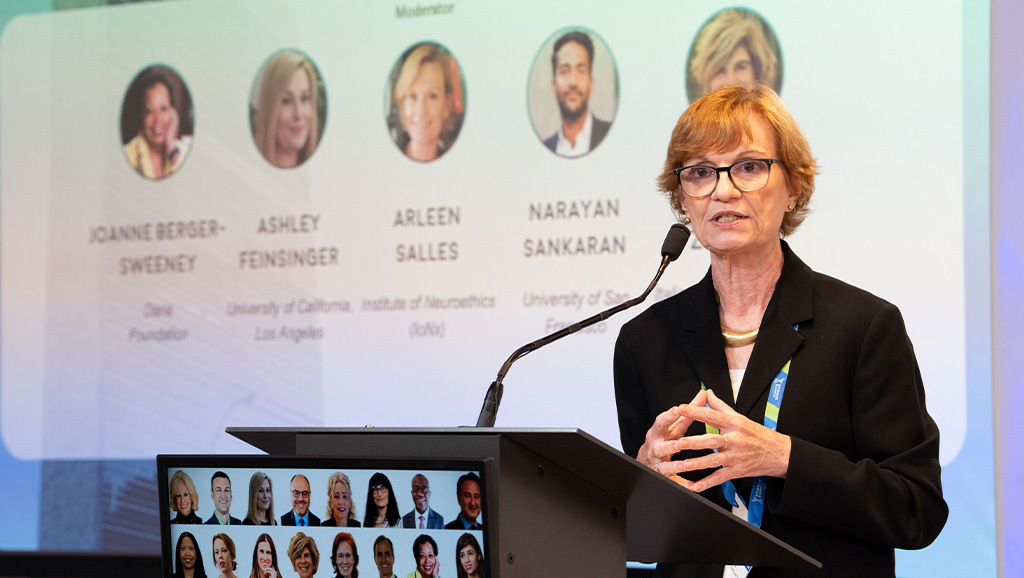
Reciprocity in Neuroscience: Dana Foundation Panel at the UN Science Summit
